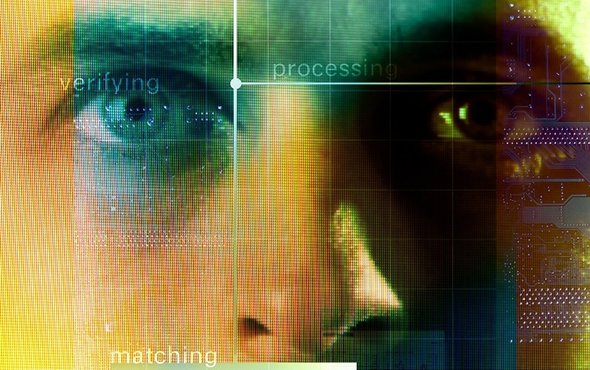This is Scientific American — 60-Second Science. I'm Christopher Intagliata.
Google and Facebook both do a nice job identifying your friends in photos—a testament to how good machines have gotten at studying human faces. But how well would an algorithm fare, when pitted against a forensic facial examiner... the experts that testify in court?
"Well it turns out the best algorithm is comparable to the best humans." Jonathan Phillips, a facial recognition scientist at the National Institute of Standards and Technology.
He and his colleagues presented 20 very difficult image pairs to human experts, and a range of algorithms. And the most up-to-date algorithms did indeed perform as well as the skilled humans.
But when Phillips and his team asked for input from two humans, or a human and an algorithm, it was the combined judgment of humans and machines that won out... providing near perfect results. Which suggests the pooled strengths and weaknesses of human brains and computer code add up to superior accuracy. The study is in the Proceedings of the National Academy of Sciences.

Phillips says now it's now up to the facial recognition community to use these findings to improve the tests in real-world settings. And don't worry: human recognizers won't be out of a job anytime soon.
"Just because an algorithm says i give you a high score you don't just accept the word of that black box... you develop ways of integrating human judgment into the decision you get out of an algorithm itself." After all someone—preferably, a human—still has to explain the findings in court.
Thanks for listening for Scientific American — 60-Second Science. I'm Christopher Intagliata.











